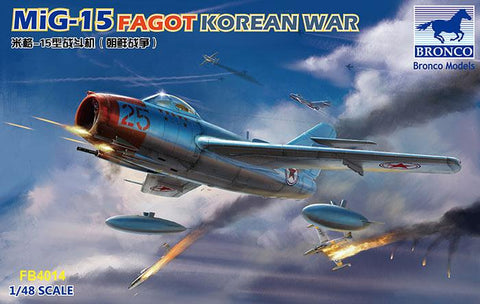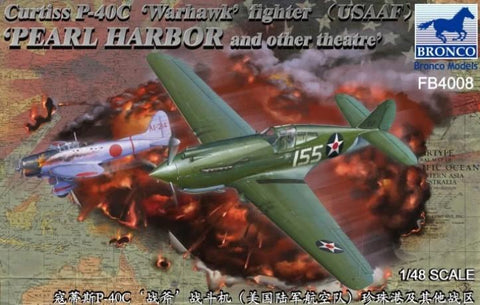The P-51 "Mustang" was a fighter developed by the US North American company for the United Kingdom in 1940 to replace the original P-40 aircraft requested in the UK.
On October 26, 1940, the P-51 prototype was first tested, and the factory code was NA-73, alias " Mustang" In November 1941, the first P-51 aircraft was handed over to the Royal Air Force. In the latter part of the Second World War, the P-51 aircraft was used extensively in the battlefield of Europe and Asia. The P-51 is available in a variety of variants, as well as a "Double Mustang" aircraft spliced from two "Mustang" aircraft, numbered XP-82.
The " Mustang " aircraft has a simple shape and superior performance. It is the most powerful propeller fighter in the Second World War. Its wings are laminar airfoil. The laminar airfoil was the latest pneumatic research result at that time, and the drag coefficient was very small, which could greatly improve the flight speed of the aircraft. Some P-51 modified the maximum flat flying speed of 764 kilometers. The later P-51 aircraft was equipped with a sub-tank, which improved the voyage and took off from the European base. It could escort the bomber all the way to Berlin, the capital of fascist Germany.
After the end of World War II, a large number of P-51D still served in the USAAF for many years. The United States Air Force was established in 1948, reforming the naming convention for aircraft models, changing the "P" of the destroyer to the "F" of the fighter and the P-51 to F-51. In addition, the "F" of the photo-reconnaissance aircraft was abolished, and F-6D and F-6K were changed to RF-51D and RF-51K.
In order to increase the close support force, the Boxer aircraft carrier sent 145 F-51s from the United States. These aircraft were quickly assembled and flew to the combat unit. Even the 18th Fighter Bomber Wing abandoned the F-80 and switched to a Mustang, which is probably rare in history. The Mustangs played a big role in preventing North Korea’s offensive, giving the United Nations Army some breathing time. The Mustang performed 62,607 support combat missions, lost 351, and most of them were shot down by the anti-aircraft fire. The Mustang is not suitable for low-altitude attacks. The liquid-cooled engine relies heavily on the fragile radiator of the belly. Once the radiator is damaged by ground fire, the engine will quickly overheat. According to other records, the Mustang shot down several North Korean Yakovlev fighters in the encounter.








